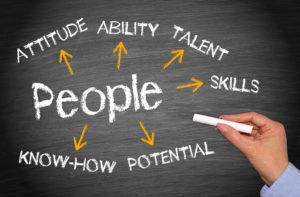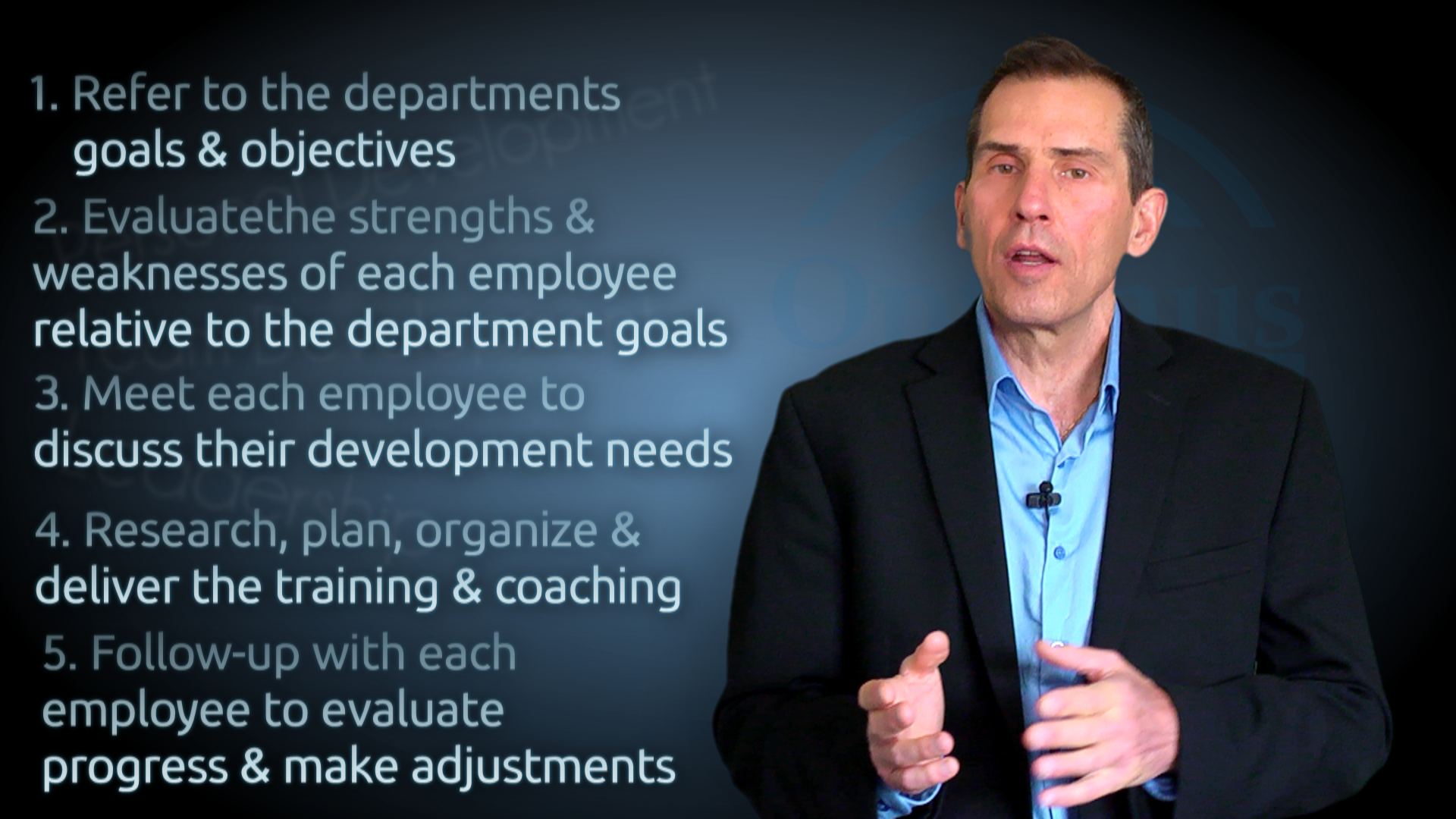The old expression, “failing to plan is planning to fail” also applies to employee development. In my recent article about a leaders’ struggle to deal with employees being resistant to change, I wrote that strategic planning for employee development is a practice that a leader must undertake to avoid this dilemma.
 Developing a human resource or employee development plan is often the responsibility of the human resource department if there is one. From my perspective, it’s the leader’s responsibility because the leader is accountable for the performance of the department and each employee.
Developing a human resource or employee development plan is often the responsibility of the human resource department if there is one. From my perspective, it’s the leader’s responsibility because the leader is accountable for the performance of the department and each employee.
Here is my list of things for the leader or manager to do to develop a strategic plan for employee development.
- Develop goals for the department based on the plans and goals of the organization. If these are not clear do what you can to get clarity or develop your own goals based on what you know. Involve the team members in this process as much as you can, as doing so will get their buy-in when it comes to their individual contribution and development needs.
- Consider each employees’ strengths and weaknesses in view of the department’s plans and goals. What strengths can you leverage? What weaknesses pose a challenge? What skills will the person need to learn in the future in order to reach the goals or plan of the organization and department. Consider soft skills as well as hard skills. Soft skills are those related to attitude and work habits that have an impact on personal productivity and teamwork.
- Meet with each employee individually to establish goals and objective relative to the department goals. Prior to the meeting ask each person to reflect on the goals they can set and what they will need to learn and develop. Discuss this at the meeting and put plans and goals in writing. Teamwork is crucial for companies to be agile and competitive. Consider the skills that employees need to learn to be effective in working with others. Set a followup meeting to complete this if needed.
- Research training resources for skill development. Schedule training sessions and plan individual coaching time to provide training you plan to deliver yourself.
- Review your plan monthly and conduct follow up sessions with the team and each member to review goals and development progress.
The items above provide a strategic approach to talent management and is the best way to ensure that people are ready and able to meet new challenges and keep the organization productive and competitive. Failing to do so will potentially result in the dilemma that Roger was facing in my previous article.
In future articles I will elaborate further on some of the above points especially regarding coaching employees. Subscribe to my newsletter or blog feed to stay tuned for that!
Stephen Goldberg


